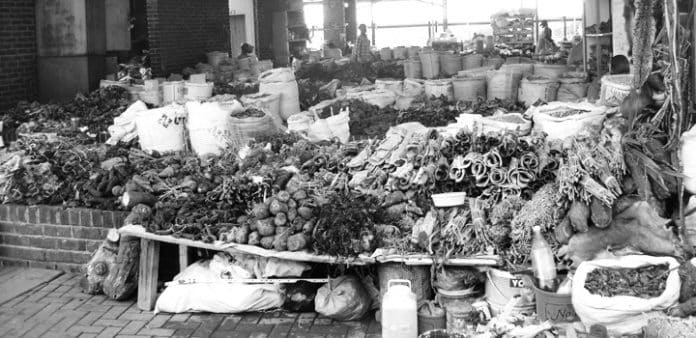Research: Advances in Traditional Medicine by Rebecca Marsland
Conversations with Traditional Healers
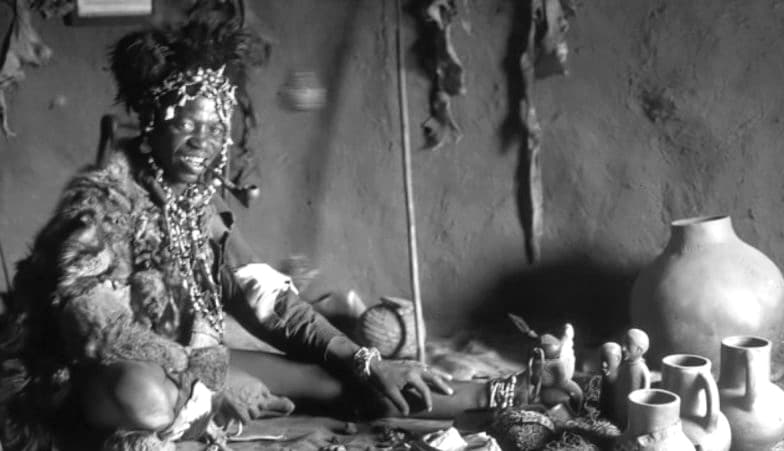
Rebecca Marsland from the University of Edinburgh, UK, stated that traditional healers she spoke to in her research were very interested in the opportunity to learn how to improve their medication. They said that they would like to have the technology to prepare their medicines through tablets. This would help them increase the shelf life of their medicine. As it stands, the preparation of natural remedies is a long-term business. In Kyela (district in one of regions in Tanzania), the nearest place to find medicine is high in the Livingstone Mountains bordering the northern shore of Lake Nyasa (Lake Malawi). This is a journey and takes several days on foot. Veteran traditional doctor Richard told me this was the reason why he did not want his son to follow him and become a traditional healer. He wants him to have a better life than this, and further explained that these treks to the mountains were difficult. This tiring journey is not the last problem because when you return home, you have to deal with long queues of patients waiting for medication. He said that from the morning he wakes up there is not even a time for shower until the evening when the last patient goes home.
One traditional healer who specializes in Islamic medicine and also uses natural herbs described the need for new technologies as follows:
The goal in our treatment that uses traditional medicine is to know how to reduce the various diseases that shorten human life span – this means and indicates that what we need is great help – for example, if a patient sleeps in our home, he must sleep without a mosquito net, often without a shield [the name of the pesticide used to ‘treat’ mosquito nets], and so this means that we eliminate one disease, which is inherited by another. So, there are many things that traditional healers need help with, for example the need for a machine to help them grind their medicine into powder, and turn it into tablets. In this form we can use ‘shortcuts’, because for example, you can be called to treat a patient in Mwanza, but the plant you need to treat is not available in Mwanza, and every time you travel you need to have a lot of medicines, roots and packages of plants … we dig for enough for three days – this complex condition often ends in drug overdose or decay – because they are so damp, so we need government or human expert help to make tablets, powders, and suppressants. That way our medicines will not be spoiled – that will help us a lot.
The difference between Modern and Traditional Medicine is Small
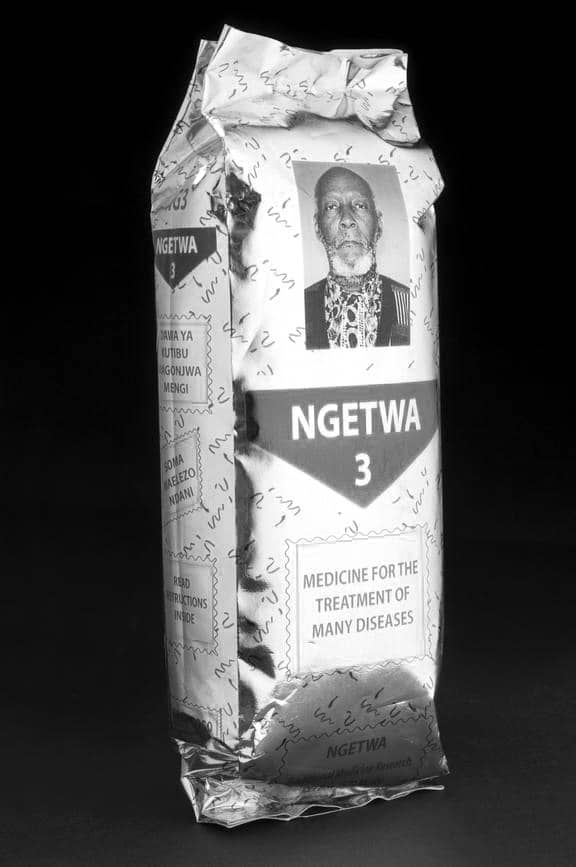
So, from this perspective, there is no significant difference between digging root to use if for healing and treatment using the method of dividing pills – they are one thing, but one is a much bigger task than the other. After all this work, some medicines can rot (although some may remain intact for years if properly prepared and stored). Traditional healers also told me that they would like to have the expertise to know how to test their medications, so that they can get the best dose for people. At the moment they have no choice but to go with their own experience.
This concern about testing natural remedies is also in medical science called biomedicine (a branch of medicine responsible for applying biological and biochemical principles for medical research or practice). One of the great interests of modern medicine in ‘traditional’ medicine is the identification and testing of herbal medicines, and where possible, the separation of an ‘active ingredient’ that can be developed on a large scale. However, the medical profession is not the only one involved in taking this type of research with the ultimate goal of mass production. There are already very successful examples of traditional medicine developed in Tanzania. The traditional medicine “Ngetwa“medicine is manufactured in a factory in northeastern Tanzania and sold to international customers. The product went through several formats until it reached the powder form distributed in single-dose bags after approval. The water-form of Ngetwa was deteriorating very quickly. Ngetwa is now a big business, and is advertised on most visible posters in Dar es Salaam city. Its success will undoubtedly build the awareness to all stakeholders in the sector of health in Tanzania to attempt completion of more goals for traditional healers in Kyela, where it was made available in 2005.
Ngetwa is a case of turning the world into a village. Because it takes the latest technology used to make many medicines, but unlike the preparations used in the medical profession, ngetwa is nothing – it takes its name from the Ngetwa family, and each pack has a picture of the healer who created his original recipe. Despite the “modern” technology used to manufacture, distribute and sell drugs, it still develops into other forms that make it known as ‘traditional’ medicine, for example the long and complete list of diseases that can be used to treat represents a list of drug advertisements in physicians in Dar es Salaam markets. Instead of having many different medications to treat many different conditions, ngetwa is just one drug used to treat many problems.
Progressive Advances in Traditional Medicine
Advances in traditional medicine is not only important in the view of its healing functionality. The source of power of traditional healers is frequently in what Rekdal (another researcher) defines as ‘cultural distance’. However, you may also argue that the use of ‘modern’ technology also indicates the morale of changing the status of these drugs provided by traditional healers. As Appadurai (researcher) points out, technical innovation is social and political, not just technical:
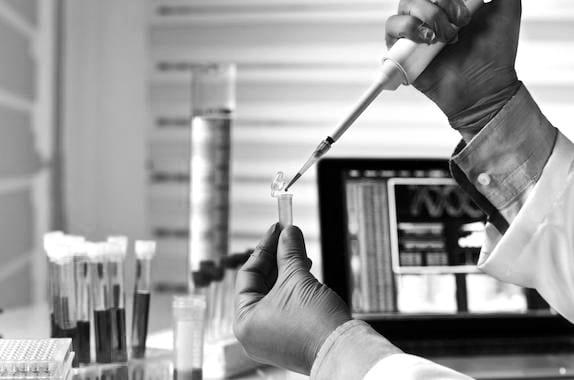
the use of high-tech objects … is essential for changes in the structure of products. What needs to be further clarified is the value change, a situation that marks the new use of political control over such innovative products.
Using technologies and techniques of the medical profession, traditional healers strive to regain their status. Because they are excluded from government policies and left out of national debates on emergency issues such as HIV / AIDS and malaria, they use (or expect to use) biomedical technology to ensure that their place in the movement is recognized. Examples of widely produced herbal remedies show that traditional healers are looking for ways to learn from the technology of the medical profession, but from their own point of view. They are careful to test their own medications, but they are looking for alternatives to those offered by government scientists who have had little success until now. Another innovation they would like to do is more complex. Traditional healers are keen to learn the techniques of the medical profession in medicine delivery, especially injecting or injectable doses. They explained to me that this would enable them to provide ‘first aid’ for patients suffering from serious illnesses such as severe malaria, or who are dehydrated due to diarrheal diseases. The medical profession, however, strongly opposes this, as they fear that traditional healers have no knowledge or ability to learn these things, and that this profession if misused can be life-threatening. But drops and needles also have great representation value. These substances are considered to be the most powerful methods of biology medicine where in the hands of traditional healers they will take on new meanings, and replace the old ones. The result of this “modern interaction” is something that the medical profession is not ready to risk.
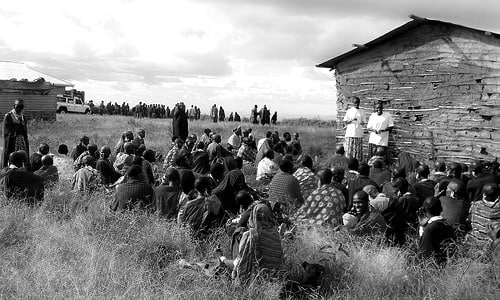
Traditional healers invited me to talk to them about HIV / AIDS. At the meeting they made a request for funding, which had been written with the help of a doctor from the hospital, so that they could receive training to help them learn more about HIV / AIDS, infection and control. In addition to learning the basic facts, they wanted to ensure that all members of their community in Kyela would have the opportunity to learn how to protect themselves and their patients against unfortunate infections. They were already teaching their members at meetings not to use razors when they are applying traditional medicines on their patients via skin. However, they also wanted to be provided with disposable plastic gloves, especially midwives whose activities keep them close to a lot of blood from time to time. Although a doctor from the District Hospital had helped them write the proposal, there was no suggestion that any funding would come from a “donor fund”.
Similar programs of ‘collaboration’ between the profession of modern medicine and traditional medicine have raised concerns about ‘cultural domination’. However, because this was the traditional healers’ own program, it needed a more detailed explanation. Perhaps these traditional healers had already heard of such projects and wanted to be included. Training seminars are a very common phenomenon in Tanzania, something that cannot be seen as forced from the ‘outside’. Training seminars (with daily pay) are an addition to any work, for any participant in development projects. Although they recommended such training traditional healers were not seeking their knowledge to be replaced by knowledge from elsewhere. They already knew where their expertise lay, but they still yearned to learn new skills. Traditional healers seem to have a clear view of knowledge, love creativity, and do not care much about protecting their “cultural origin”. The knowledge of traditional medicine is not that will be replaced by the knowledge of the modern medicine profession through training seminars, instead it will help traditional medicine to pick what is needed and incorporate it into existing knowledge. This is nothing new, the invention has always been part of ‘traditional medicine’ at least for a long time since the arrival of ‘modern medicine’ in East Africa.
In conclusion, slowly but surely Tanzania has been integrating traditional healers into its health system as explained in details by our other article “Registration of Traditional Healers in Zanzibar, City of Unguja“.
For more articles on natural remedies click here!
























